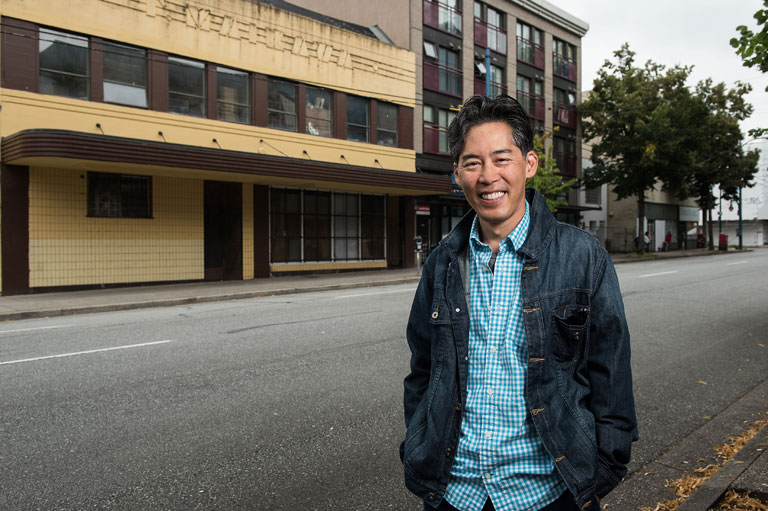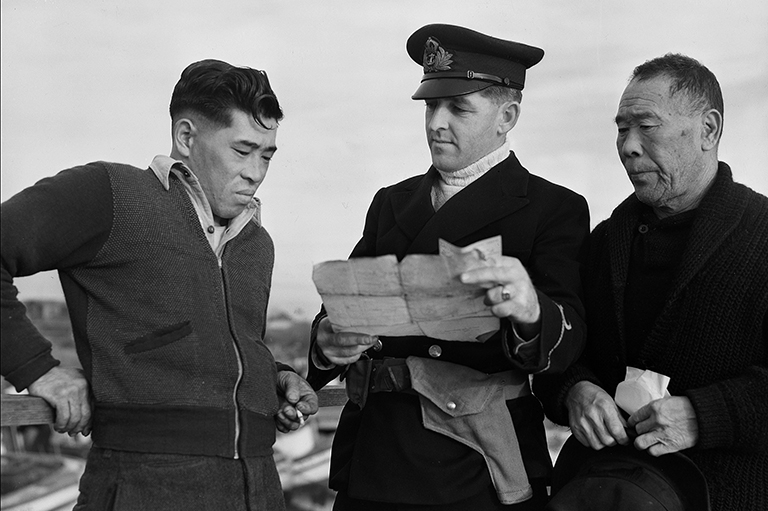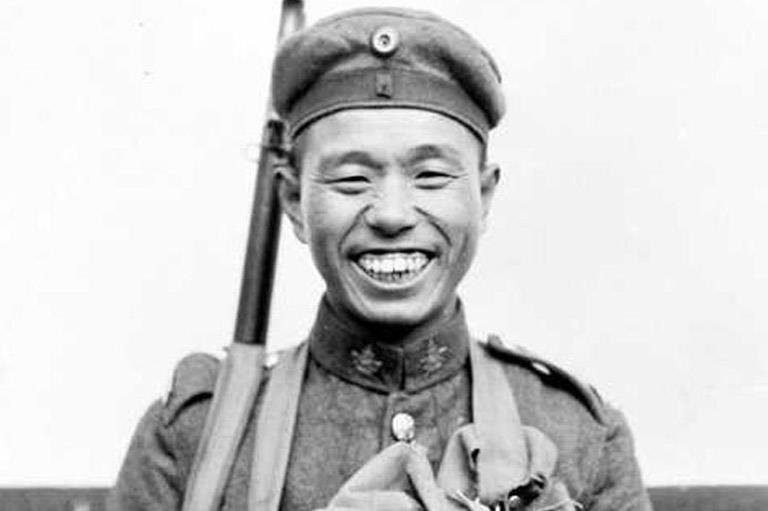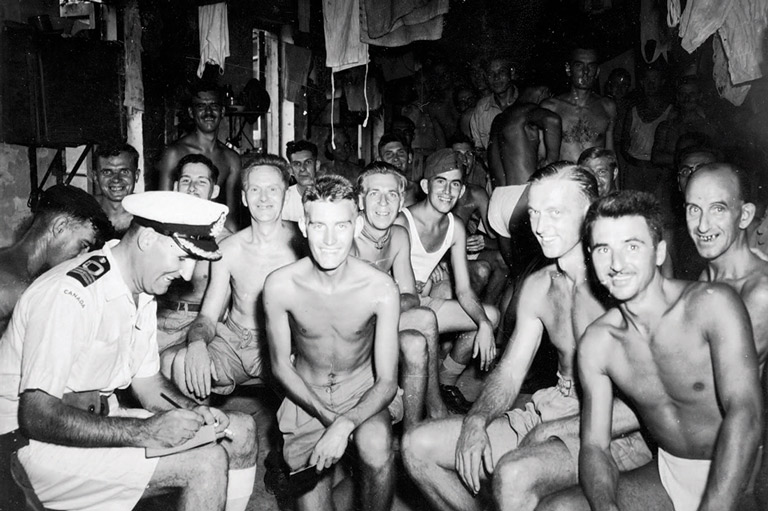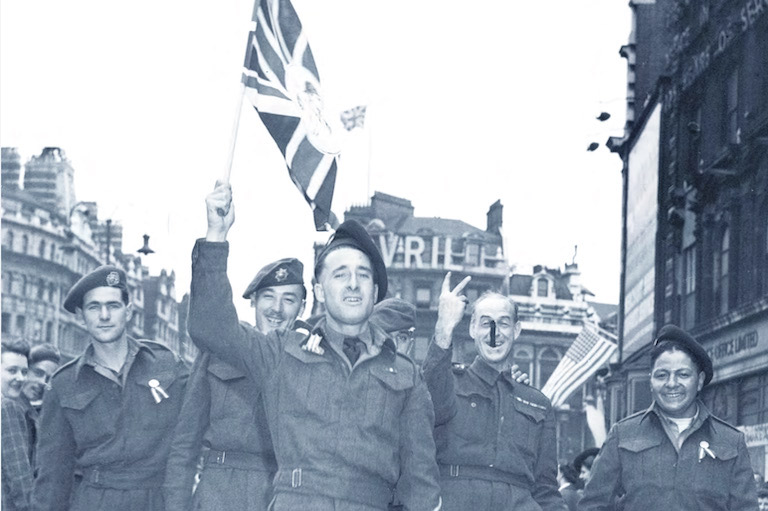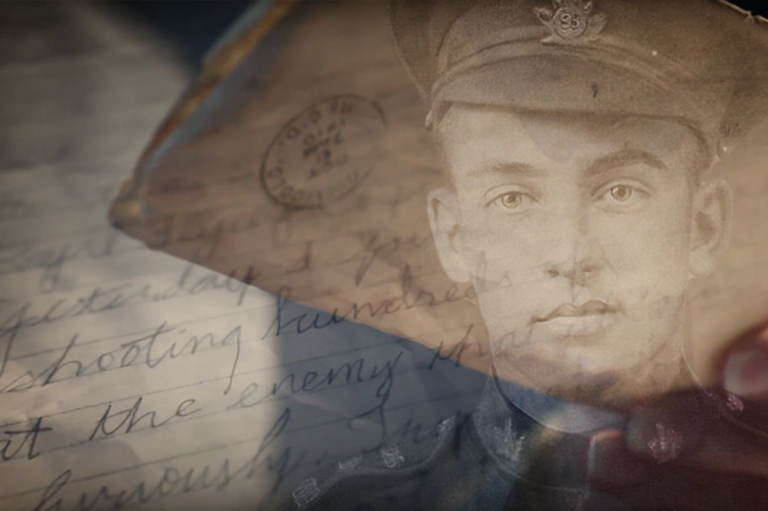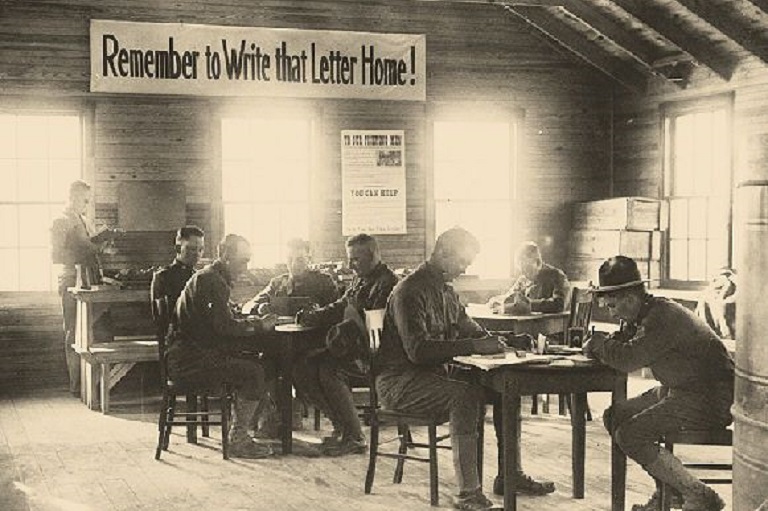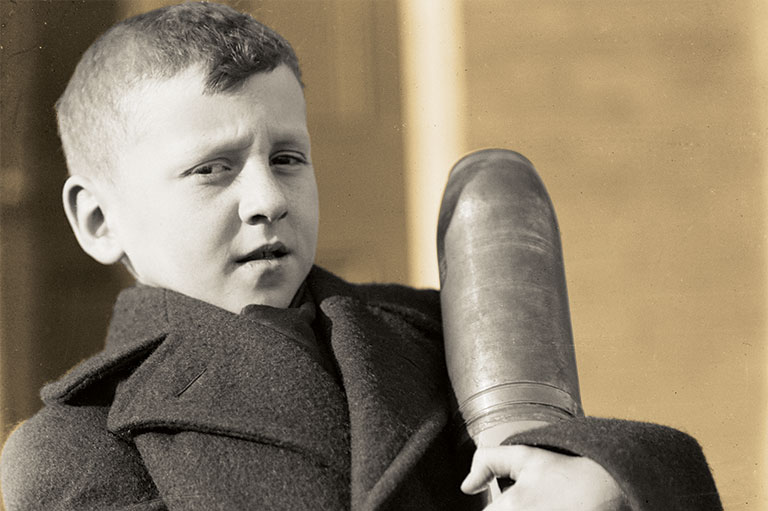Discover a wealth of interesting, entertaining and informative stories in each issue, delivered to you six times per year.
Japanese-Canadian Internment
After Japan attacked Pearl Harbor in 1941, both the United States and Canada cracked down on their citizens of Japanese descent. In British Columbia, entire Japanese-Canadian neighbourhoods were eradicated. Homes and possessions belonging to Japanese-Canadians were seized and sold. Some Japanese-Canadians — deemed threats to national security — were forced into internment camps.
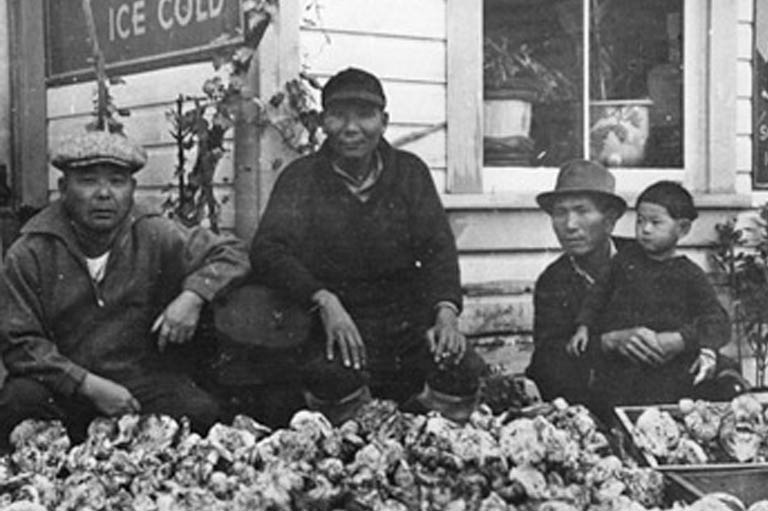
In 1988 the federal government apologized for this historical wrong. Now, a new project will explore and highlight the human and cultural costs of this forced dispossession.
The Landscapes of Justice project with see fourteen university, museum, and Japanese cultural organizations work together to create a travelling museum exhibition as well as an online an educational component for students.
The $3-million, seven-year project was launched in 2014 and draws upon, among other materials, the Royal BC Museum’s considerable collection of Japanese-Canadian photos, letters, and other artifacts.
“The story of the Japanese-Canadian experience during the Second World War is well-documented but perhaps not widely understood by most British Columbians,” said Kathryn Bridge, deputy director of the Royal BC Museum. The lead organization is the University of Victoria.


